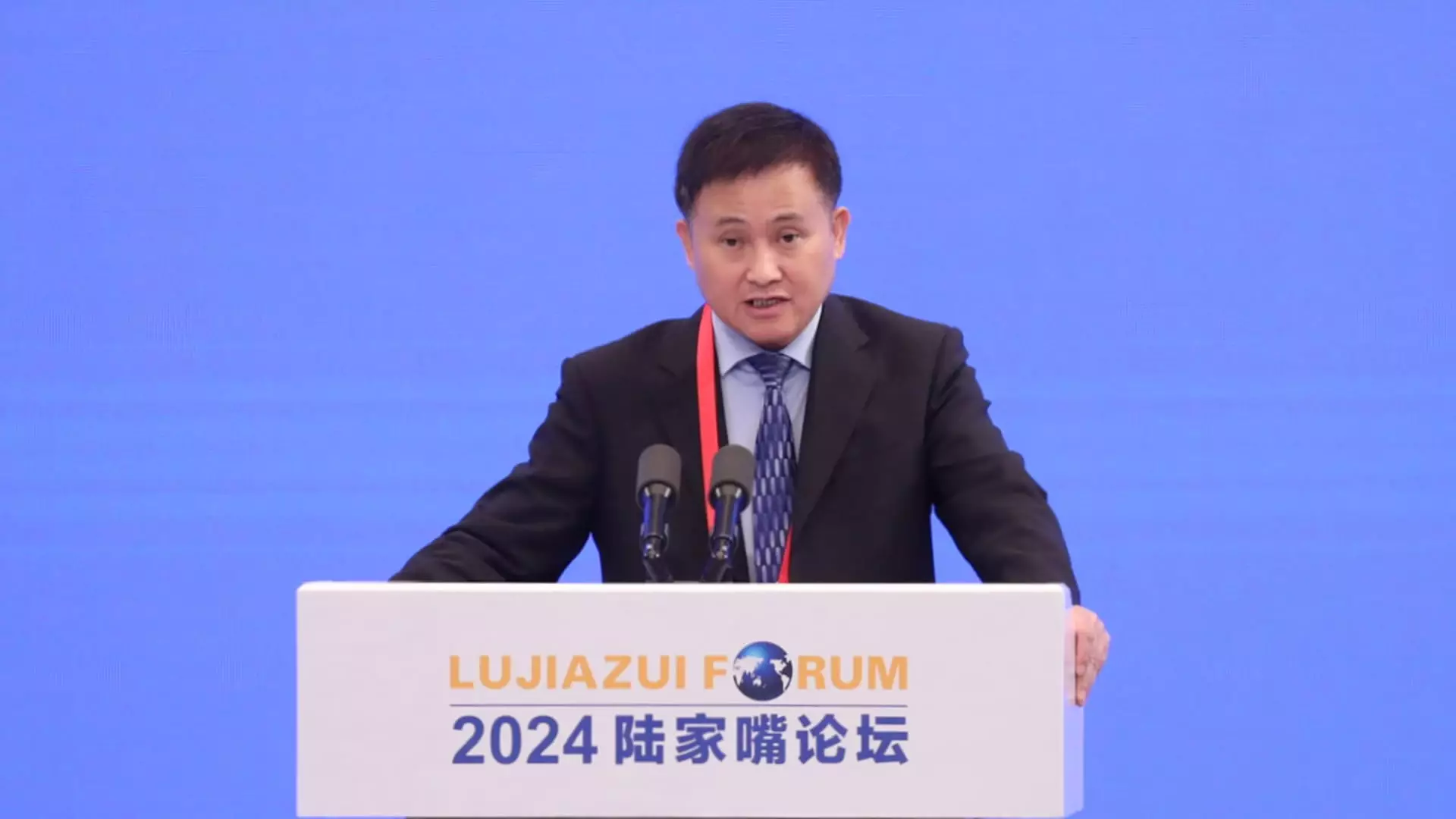As China navigates a complex economic environment marked by slowed growth and rising deflationary pressures, the People’s Bank of China (PBOC) is implementing strategic monetary policy changes. Recent announcements by PBOC Governor Pan Gongsheng, regarding adjustments to the reserve requirement ratio (RRR) and interest rates, signal a concerted effort to bolster economic activity. This article will delve into the ramifications of these policy changes, contextualizing them within the broader economic landscape both domestically and globally.
The reserve requirement ratio refers to the minimum amount of reserves that banks must hold relative to their customer deposits. By reducing the RRR by 50 basis points, as indicated by Pan during his press conference, the PBOC intends to free up liquidity for banks. This additional capital can then be directed towards lending, thereby stimulating economic growth. While the specific timeline for this adjustment remains vague, Pan alluded to upcoming policy shifts in the near term, potentially including further reductions by the end of the year.
This proactive stance comes against a backdrop of insufficient domestic consumption fueled by uncertainties in the real estate market and overall low consumer confidence. By easing the financial constraints placed on banks, the government hopes to invigorate spending and investment, essential ingredients for a thriving economy.
In addition to the RRR cut, Governor Pan indicated a potential reduction in the 7-day repo rate by 0.2 percentage points. Such a move aims to lower the cost of borrowing for financial institutions, which theoretically translates to decreased loan rates for consumers and businesses. It is essential to observe that China employs a diversified approach to monetary policy by utilizing various interest rates to achieve its objectives, contrasting the Federal Reserve’s more singular focus on a benchmark interest rate.
Another noteworthy element in Pan’s communication was the mention of a possible cut to the loan prime rate (LPR). The LPR, which serves as a reference for interest rates on corporate and household loans, is crucial for understanding the cost of borrowing within the Chinese economy. However, specifics regarding which version of the LPR may be affected—whether the one-year or the five-year—remain unaddressed. The ambiguity surrounding this information leaves market participants speculating about the potential ramifications of these cuts.
The timing of this high-profile announcement is particularly compelling, coinciding with the U.S. Federal Reserve’s own decision to adjust interest rates. As international markets respond to U.S. monetary easing, the PBOC is similarly leveraging the situation to create additional room for its own policy maneuvers. This synchronization has implications for foreign investment flows and overall economic competitiveness; China must position itself to attract capital amidst the dynamic global monetary landscape.
Contrasting China’s multifaceted approach to monetary policy, the Fed’s recent measures demonstrate a more straightforward path focused primarily on adjusting rates. This divergence in strategy raises questions about how effectively China can balance domestic needs while responding to international economic forces.
Despite these initiatives aimed at economic rejuvenation, the challenges remain significant. The real estate market continues to experience downward pressure, impacting consumer sentiment and spending patterns. Economists are increasingly vocal about the necessity for a comprehensive stimulus package, particularly on the fiscal front, to complement the monetary easing measures.
As the PBOC navigates this delicate balancing act, maintaining transparency regarding its policy decisions will be crucial. While Governor Pan has committed to providing updates through official channels, the inconsistency in communication around critical factors like the LPR could lead to uncertainty in financial markets.
The recent monetary policy maneuvers by the PBOC reflect a strategic pivot aimed at addressing the pressing economic challenges facing China. The anticipated RRR cuts and interest rate adjustments represent a significant toolset for stimulating growth. However, the road ahead is fraught with challenges, including a sluggish real estate sector and low consumer confidence. As these policy adjustments unfold, a keen eye must be kept on their efficacy in revitalizing the economy and fostering resilience in an unpredictable global landscape.

